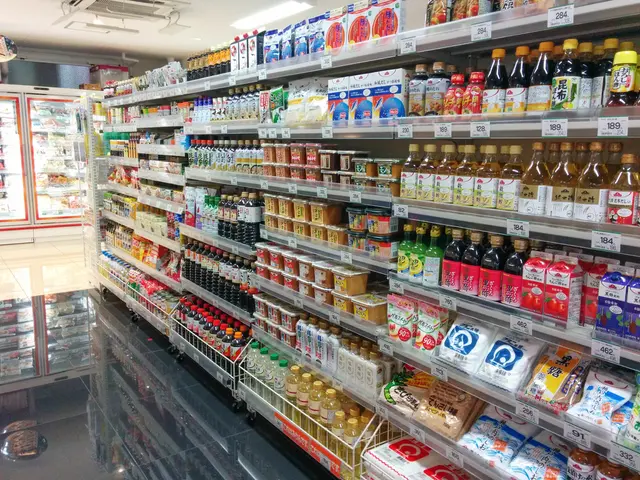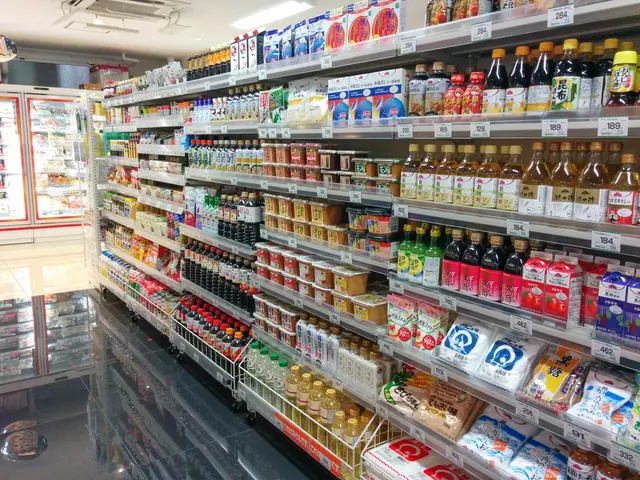Latvia's Economic Outlook: A Cautious Recovery
Anticipated Growth and Inflation Rate in Latvia for 2025 to Remain Relatively Low
After a slight slowdown in 2024, Latvia's economy is projected to experience modest growth in 2025, with GDP expected to increase by approximately 1.5%[1][2]. This recovery is supported by rising private consumption, public investment, and modest export growth, although the pace remains cautious due to trade policy uncertainties[1].
Impact of Trade Policies and Tariffs
The imposition of US import tariffs on EU goods has contributed to slower economic growth in the EU, affecting Latvia's export-oriented firms and investment sentiment[2]. However, if Europe and the US were to maintain or reduce tariff levels, economic activity could strengthen beyond current forecasts[1]. Tariffs have weakened US demand for EU goods and complicated export sales for Latvian businesses, contributing to slower investment growth[2].
Comparison with Other Baltic Countries and Europe as a Whole
Compared to other European countries, Latvia's public debt levels are relatively low, enabling it to increase defence spending[3]. This is in contrast to Italy, Ireland, and Iceland, which are expected to experience the most negative effects from US-imposed tariff increases on Europe[4].
In terms of economic growth, Lithuania is forecasted to have the fastest GDP growth in 2025, followed by Latvia and Estonia[1]. Lithuania's growth is largely driven by strong manufacturing and exports to Central European countries, while in Latvia and Estonia, manufacturing has been stagnating for some time and the range of export markets is narrower than for Lithuania[1].
Sector-Specific Growth
Latvia's construction sector is expected to grow by 2.2% in real terms in 2025, supported by investments in infrastructure projects like transport and energy[5]. This growth follows a decline in 2024 and signals a recovery in the sector.
Positive trade dynamics are also reflected in the UK's trade with Latvia, with exports to Latvia increasing by 7.1% in the first four quarters of 2025[6].
In conclusion, Latvia's economic outlook is one of cautious recovery, influenced by external factors like trade policies and tariffs, while it benefits from domestic investments and consumption. The Baltic region's economic performance varies, with Lithuania leading in growth, and Latvia and Estonia facing more challenges in manufacturing and export markets.
Read also:
- A Business Model Explained: Its Purpose and Benefits for Your Venture
- Deep-rooted reinforcement of Walkerhughes' acquisitions through strategic appointment of Alison Heitzman
- Unchecked Management of HP Dams Leads to Environmental Disaster: RTI Reveals
- CDU Hamm: Aim, Chosen Candidate, and Local Election Agenda




